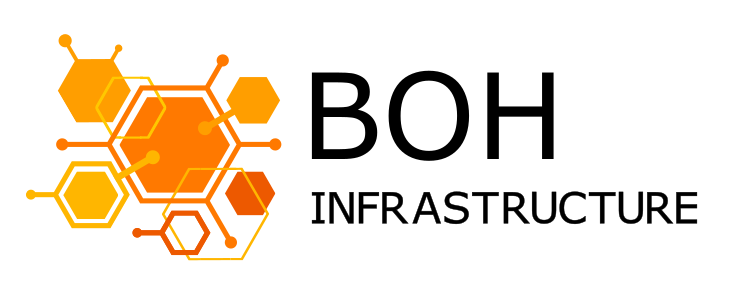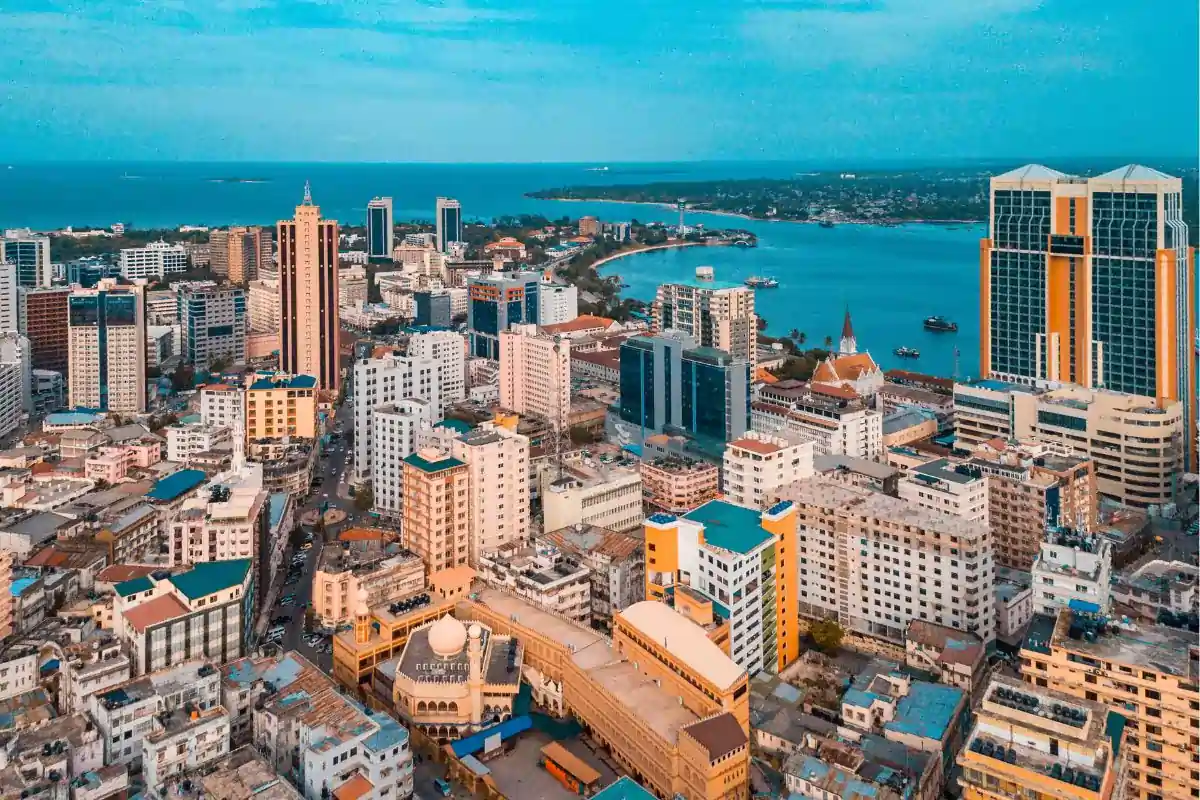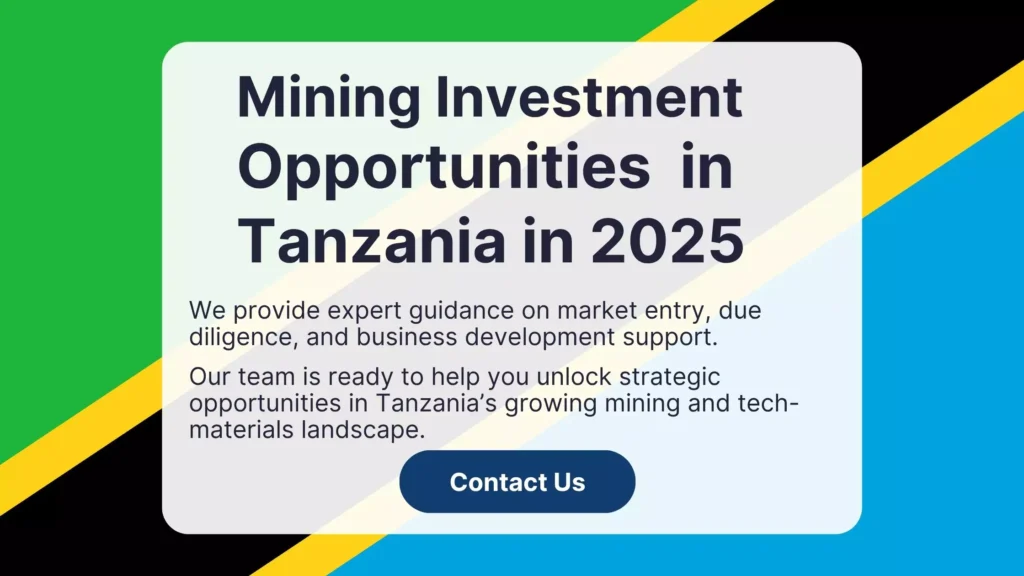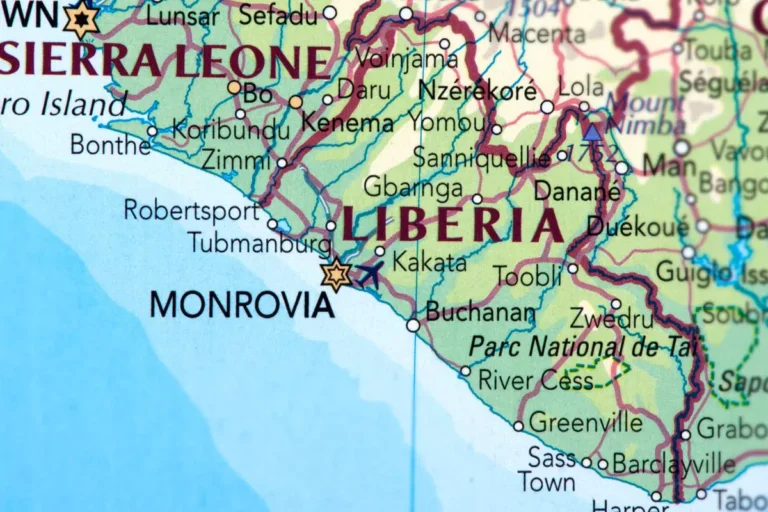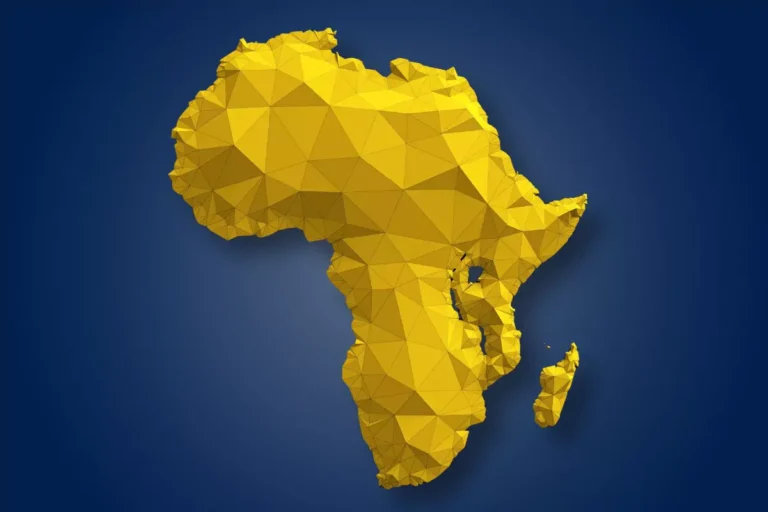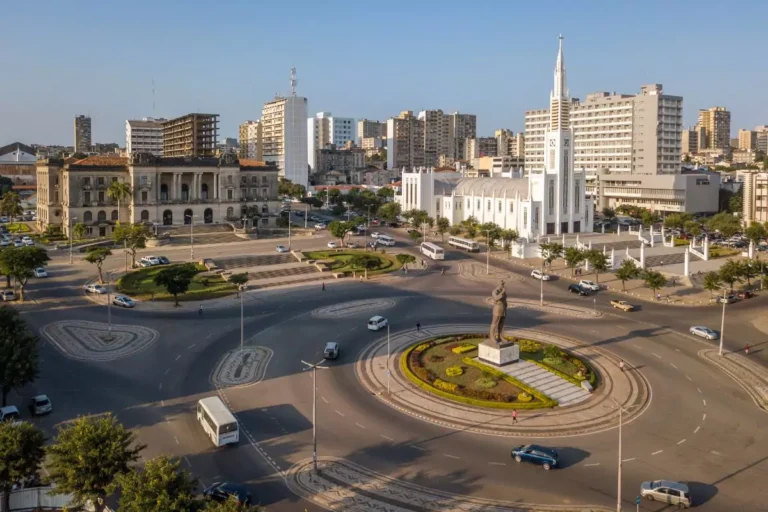Tanzania’s Bold Leap into the Future of Mining
How Tanzania is transforming from a traditional gold producer into a critical minerals powerhouse driving the global clean energy revolution
Tanzania is experiencing a mining revolution that extends far beyond its traditional gold heritage. While the East African nation has long been recognized as Africa’s fourth-largest gold producer, a new chapter is unfolding as Tanzania takes a bold leap into the future of mining, positioning itself at the heart of the global clean energy transition through critical minerals like graphite, lithium, and rare earth elements.
This transformation isn’t just about changing what comes out of the ground; it’s about fundamentally reshaping Tanzania’s economic future and contributing to global sustainability goals. With the mining sector achieving a historic 10.1% contribution to GDP in 2024, a full year ahead of government targets, Tanzania is proving that strategic resource development can drive both economic growth and environmental progress.
Key Highlights
- Tanzania’s mining transformation builds on a strong gold legacy, with over 500,000 employed and over 55 tonnes of gold produced annually, laying the groundwork for a booming critical minerals sector.
- The country ranks 6th globally in graphite reserves, with world-class projects like Mahenge and Lindi Jumbo positioning Tanzania as a vital supplier for electric vehicle and battery technologies.
- Tanzania is emerging as a new lithium frontier, with exploration in Dodoma and a ban on raw lithium exports encouraging local processing and value addition.
- Rare earth elements like neodymium and praseodymium add high-tech potential, as the Ngualla project attracts major foreign investment and diversifies global supply chains.
- Critical mineral projects are integrating renewable energy solutions, supporting Tanzania’s Vision 2050 goal of 50% clean energy and aligning mining with green economy objectives.
- The shift to critical minerals is driving skills development, industrial processing, and infrastructure upgrades, creating lasting economic benefits beyond the mining sector.
- Tanzania’s political stability and responsible governance attract global partners, including its participation in the Minerals Security Partnership to support secure, sustainable mineral supply chains.
- While challenges remain, such as technical capacity and infrastructure demands, Tanzania is positioned to leapfrog traditional barriers by adopting advanced technologies and sustainable practices from the start.
Table of Contents
1. Building on the Success of the Golden Foundation
Tanzania’s mining success story began with gold, and this foundation remains crucial to understanding the country’s current transformation. The sector employs over 500,000 people directly and has attracted billions in international investment, creating the infrastructure, expertise, and institutional capacity that now supports critical minerals development.
Major operations like Geita, North Mara, and Bulyanhulu have not only produced over 55 tonnes of gold annually but have also established Tanzania as a reliable mining jurisdiction with strong governance frameworks and environmental standards. This reputation is now attracting a new wave of investment focused on the minerals essential for batteries, electric vehicles, and renewable energy systems.
The lessons learned from gold mining, particularly around community engagement, environmental management, and local value addition, are being applied to critical minerals development with even greater sophistication. Tanzania’s approach recognizes that while gold built the foundation, critical minerals will define the future.
2. Powering the Battery Revolution
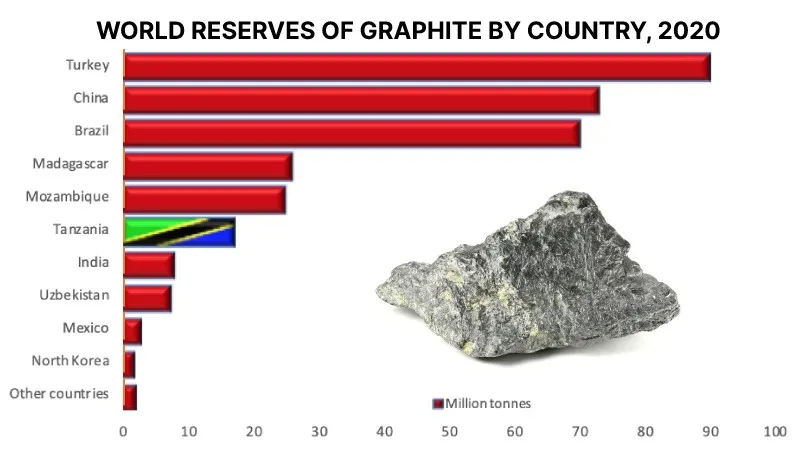
Tanzania ranks 6th globally in graphite reserves with 17 million tonnes, positioning the country as a key supplier for battery technology
Tanzania’s emergence as a critical player in the global battery supply chain begins with graphite, the unsung hero of the electric vehicle revolution. With 17 million tonnes of reserves ranking sixth globally, Tanzania possesses the raw materials essential for lithium-ion battery production, where graphite comprises up to 95% of the anode by weight.
The quality of Tanzania’s graphite deposits sets them apart in global markets. The high-grade, large-flake graphite found in projects like Mahenge, Bunyu, and Lindi Jumbo is particularly well-suited for battery applications, where these characteristics translate directly into superior battery performance and longer lifespans.
Mahenge – A World-Class Resource
The Mahenge Graphite Project exemplifies Tanzania’s potential in this sector. With 212 million tonnes of resources at 7.8% Total Graphitic Carbon, it represents one of the largest JORC-compliant flake graphite resources globally. The strategic importance of this project was underscored in September 2024 when South Korean steel and battery materials giant POSCO Group acquired a 19.9% stake, providing Tanzania with direct access to Asia’s battery supply chains.
Lindi Jumbo – First to Market
Tanzania achieved a significant milestone in 2024 when the Lindi Jumbo Graphite Project became the first major graphite operation to commence commercial production. With the highest reserve grade of any undeveloped graphite project in Africa at 17.9% Total Graphitic Carbon, Lindi Jumbo’s first exports to Europe marked a historic moment for Tanzania’s critical minerals sector.
The success of Lindi Jumbo demonstrates the commercial viability of Tanzania’s graphite resources and provides a template for other projects. The operation’s focus on producing premium-grade concentrates that command higher prices in international markets shows how Tanzania can capture maximum value from its mineral endowments.
3. The Lithium Frontier – Securing the Electric Future
While graphite provides the foundation, lithium represents Tanzania’s frontier opportunity in the battery materials market. Although less developed than the graphite sector, recent discoveries and the government’s strategic policy decisions suggest significant potential for Tanzania to become an important lithium producer.
Strategic Policy Leadership
Tanzania’s approach to lithium development demonstrates sophisticated resource governance. In 2023, the government implemented a ban on raw lithium exports, requiring local processing and value addition.
This bold policy decision reflects lessons learned from other countries’ experiences and ensures that Tanzania captures maximum value from its lithium resources rather than simply exporting raw materials.
Emerging Discoveries
Exploration activities in the Dodoma region have identified promising lithium deposits, with companies like CGrowth Capital securing multiple prospecting licenses and reporting encouraging results from field mapping exercises. Geological reports suggest potential deposits of at least 8 million tons of lithium ore, representing a substantial resource base for future development.
The proximity of these deposits to Tanzania’s capital city and existing infrastructure creates additional advantages for development. Unlike remote mining locations that require extensive infrastructure investment, the Dodoma region’s lithium potential can leverage existing transportation networks and power systems.
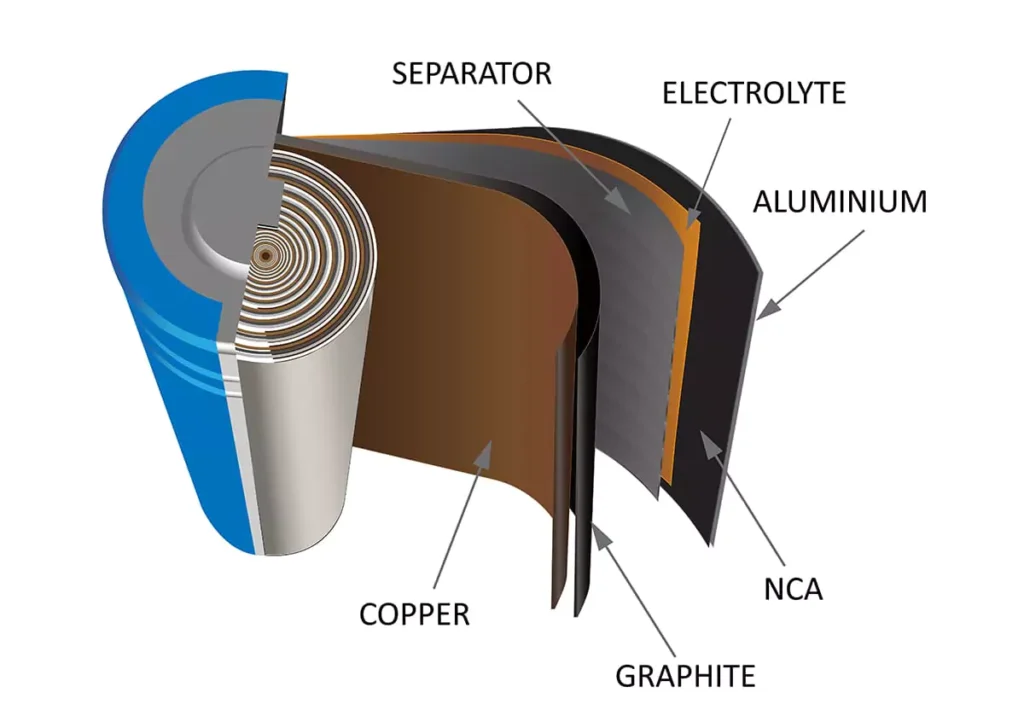
Advanced battery technology showing graphite’s critical role as anode material in lithium-ion batteries
4. The High-Tech Advantage
Rare Earth Elements
Tanzania’s critical minerals portfolio extends beyond battery materials to include rare earth elements, the specialized materials essential for wind turbines, electric vehicle motors, and advanced electronics. The Ngualla Rare Earth Project represents one of the largest, highest-grade neodymium-praseodymium deposits globally, positioning Tanzania to play a crucial role in diversifying global rare earth supply chains.
Currently dominated by Chinese production, the rare earth market faces supply chain vulnerabilities that have prompted international efforts to develop alternative sources. Tanzania’s Ngualla project, with its world-class resource and strategic partnerships, represents one of the most promising opportunities to address these supply chain challenges.
The strategic importance of this project attracted $667 million in investment agreements with Australian companies in April 2023, demonstrating international confidence in Tanzania’s rare earth potential. These investments bring not just capital but also technology transfer and market access that position Tanzania as a significant player in global rare earth markets.
5. Green Economy Integration
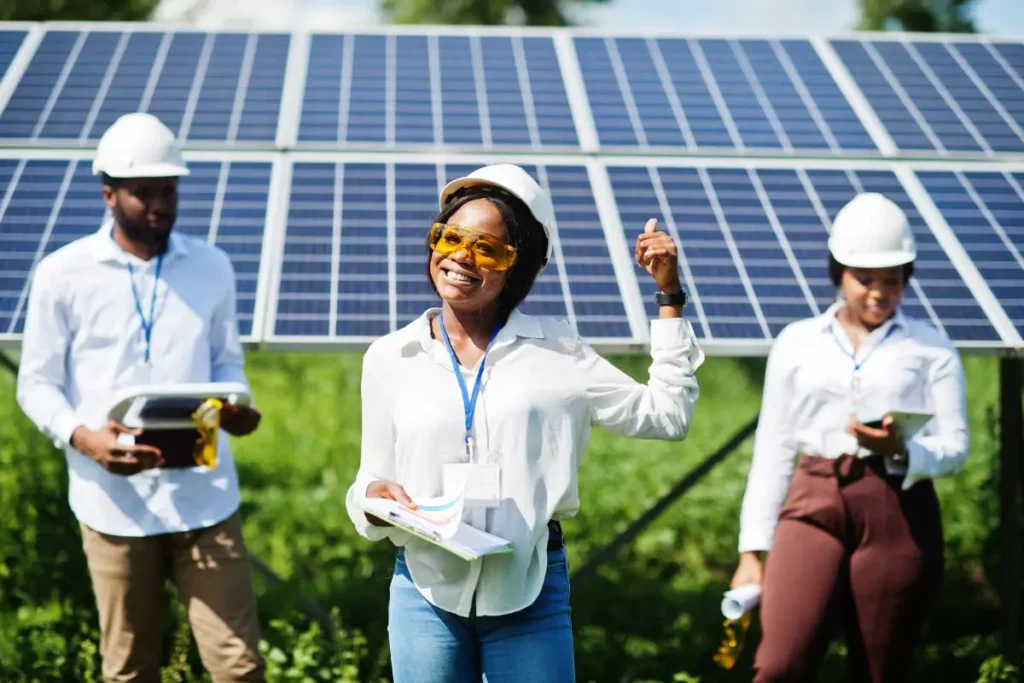
Tanzania’s renewable energy infrastructure development showcases the country’s commitment to sustainable mining practices
Tanzania’s critical minerals development is uniquely aligned with the country’s broader sustainability objectives. Unlike traditional commodity mining that often conflicts with environmental goals, critical minerals development directly supports the global clean energy transition while contributing to Tanzania’s own renewable energy targets.
Vision 2050 Alignment
The development of critical minerals fits perfectly within Tanzania’s Development Vision 2050, which envisions the country as a prosperous, industrialized nation with a strong emphasis on environmental stewardship. The vision’s call for Tanzanians to become “dedicated custodians of the environment” provides a framework for ensuring that mining development contributes to rather than undermines sustainability objectives.
Renewable Energy Synergies
Several critical mineral projects are incorporating renewable energy components into their development plans, creating synergies between mining development and clean energy deployment. These investments contribute to Tanzania’s goal of achieving 50% renewable energy generation by 2030 while demonstrating the commercial viability of renewable technologies.
The integration of solar and wind power systems in mining operations reduces environmental footprints while providing clean energy to local communities. This approach creates a virtuous cycle where mining for clean energy materials is powered by clean energy itself.
6. Economic Transformation Beyond Mining
The impact of Tanzania’s critical minerals development extends far beyond the mining sector itself. The emphasis on local value addition and processing is creating new industrial capabilities that have applications across the economy.
Skills and Technology Transfer
The development of graphite processing capabilities is creating expertise in advanced materials processing that can be applied to other industrial sectors. The technical knowledge, quality control systems, and supply chain management capabilities developed for battery materials production represent transferable skills that support broader industrial development.
Infrastructure Development
Critical minerals projects are driving substantial infrastructure investments that benefit the broader economy. Transportation corridors, power systems, and telecommunications networks developed for mining operations create capacity that serves other economic sectors and improves overall connectivity.
Employment and Innovation
The transition to critical minerals is creating new types of employment opportunities that require higher skill levels and offer better compensation than traditional mining activities. Processing operations for battery materials require expertise in chemistry, metallurgy, and advanced manufacturing, creating pathways for career advancement and skills development.
7. Tanzania’s Strategic Advantage for Global Positioning
Tanzania’s emergence as a critical minerals producer comes at a crucial time in global supply chain evolution. As countries and companies seek to diversify their supply chains away from single-source dependencies, Tanzania’s political stability, strong governance frameworks, and commitment to responsible mining practices make it an attractive partner.
The country’s participation in the Minerals Security Partnership, a coalition of 14 Western nations and the European Commission, provides access to technical expertise and financing specifically designed to support responsible critical mineral development. This partnership recognizes Tanzania’s strategic importance in global efforts to build resilient supply chains for clean energy technologies.
Regional Hub Potential
Tanzania’s strategic location and emerging processing capabilities position it to serve as a regional hub for critical mineral processing and distribution. The development of integrated value chains that combine Tanzania’s resources with those of neighboring countries could create economies of scale that improve competitiveness while distributing benefits across the region.
8. Challenges and Opportunities Ahead
While the opportunities are substantial, Tanzania’s critical minerals development also faces significant challenges that require careful management. Technical capacity building, infrastructure development, and environmental management all require sustained investment and attention.
The complexity of critical mineral processing demands sophisticated technologies and expertise that are currently limited in Tanzania. Building these capabilities will require substantial investments in technology transfer, skills development, and international partnerships.
However, these challenges also represent opportunities for innovation and leapfrogging. By adopting the latest technologies and best practices from the outset, Tanzania can avoid some of the environmental and social challenges that have affected mining development in other countries.
Conclusion
Tanzania’s transition from gold to graphene represents more than a shift in mining focus, it embodies a fundamental transformation in how natural resource development can contribute to sustainable economic growth. By aligning critical minerals development with broader sustainability objectives and emphasizing local value addition, Tanzania’s bold leap into the future of mining is demonstrating that the sector can be a force for positive change in the 21st century.
The achievement of 10.1% GDP contribution from mining in 2024 marks not an endpoint but a beginning. As global demand for battery materials and clean energy technologies continues to grow, Tanzania’s early positioning in these markets provides a foundation for sustained economic growth that contributes to both national development and global sustainability objectives.
The story of Tanzania’s transformation from a traditional gold producer to a critical minerals powerhouse offers valuable lessons for other resource-rich developing nations. It demonstrates that with strategic vision, responsible governance, and commitment to sustainability, natural resource wealth can serve as a catalyst for economic transformation and environmental progress.
Tanzania’s bold leap into the future of mining is not just about extracting more minerals, it is about extracting more value, more impact, and more opportunity. As the country continues this journey, its experience will provide insights for the broader challenge of building a sustainable global economy. The transition from gold to graphene is ultimately about more than mining, it’s about creating a future where economic development and environmental stewardship work hand in hand to build a more prosperous and sustainable world.
Invest in Tanzania’s high-potential graphene and critical minerals sector to be part of the next wave of innovation in Africa’s resource economy. Contact BOH Infrastructure for expert guidance on market entry, due diligence, and business development support. Whether you’re exploring partnerships, project financing, or local expansion, our team is ready to help you unlock strategic opportunities in Tanzania’s growing mining and tech-materials landscape.
